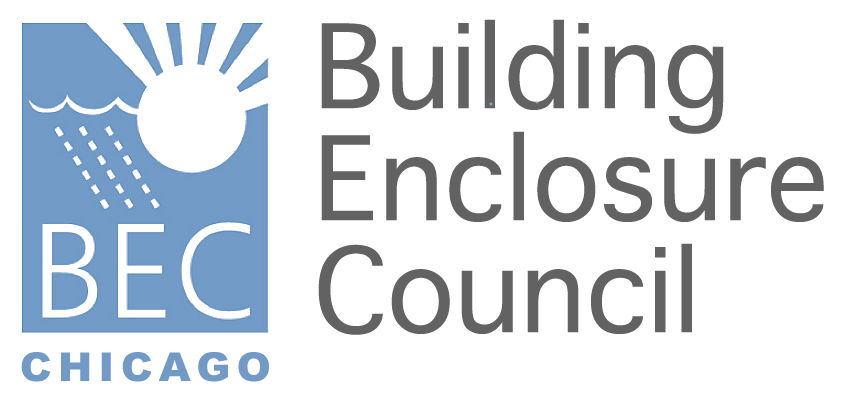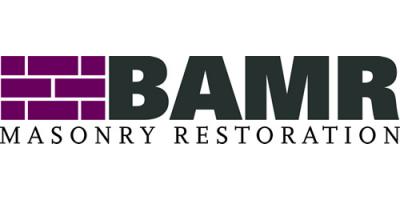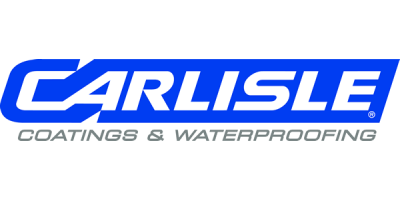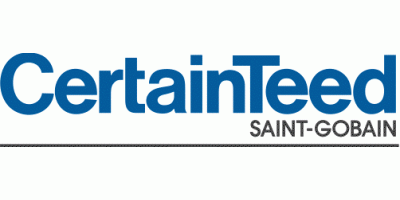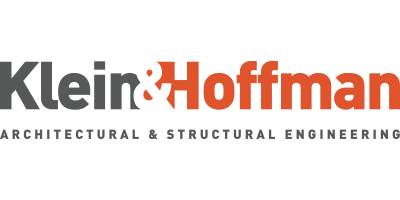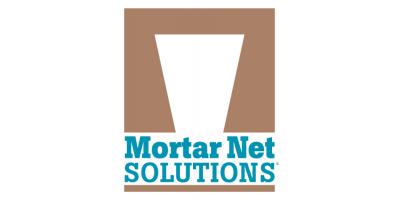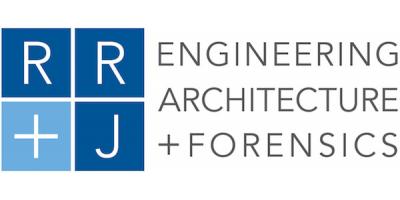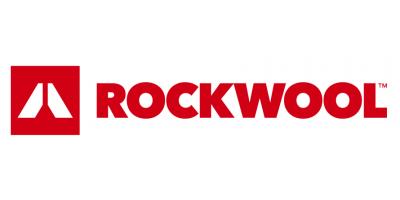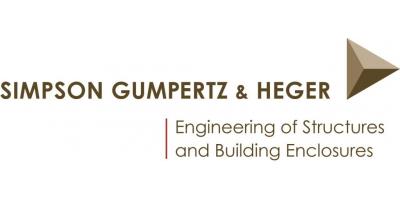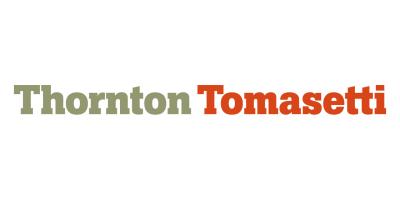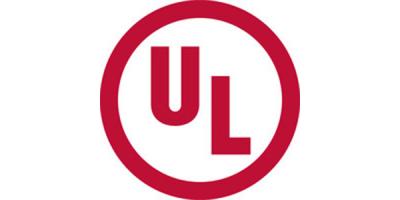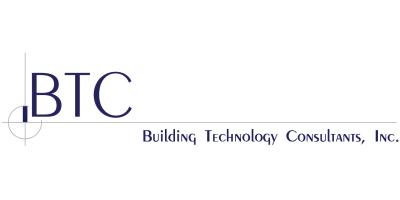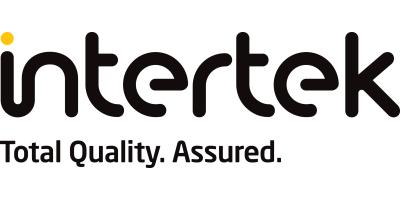| Location | Virtual Presentation |
The seminar will commence with a review of the various components and options that make up an exterior adhered veneer assembly independent of veneer material type in order to provide an overview of best practices in design, detailing and installation with respect to moisture management, thermal control, and structural considerations.
Although a variety of masonry materials can be applied as a veneer to an exterior adhered assembly, the seminar will transition to a review of specifics related to porcelain tile used in an exterior veneer.
When porcelain tile was first introduced in the International Building Code (IBC) as an adhered masonry veneer in 2009, designers embraced is use, despite the code’s conservative size and weight restrictions. In the decade that followed, innovations in tile, setting materials and labor resulted in larger and lighter tiles, stronger mortar, and specialty-skilled tile installers, which lead to changes of the IBC allowing larger tiles on exteriors. The critical points in the design and installation of tile on exterior adhered veneers as addressed in the ANSI standards and Tile Council of North America (TCNA) Handbook will be examined with respect to substrate requirements, mortar coverage and movement joints.
Learning Objective:
- Understand the varying components and options that make up an adhered masonry veneer assembly, their function and critical points in the design, detailing and installation.
- Learn the newly updated building code language requirements governing the use of exterior adhered porcelain tile, as well as the original code requirements, and examine the differences and the factors leading to the change.
- Understand the latest manufacturing and installation techniques for thin, ultra-large format gauged porcelain tile (GPT) panels and how they satisfy the new code requirements.
- Discover the advancements to thinset bonding mortars including the introduction of a new mortar standard, ANSI A118.15 Improved Modified Thinset Mortar.
Bios:
Jeff Diqui
Jeff Diqui, Technical Director with the International Masonry Institute holds a Bachelor of Science Degree in Architectural Engineering from Milwaukee School of Engineering.
Jeff has over 30 years of experience in the industry that has been focused on the building enclosure. Initial experiences in his career have included investigations related to moisture intrusion and structural related problems, building condition assessments, development of repair / rehabilitation designs, and construction observations. In his current role with the International Masonry Institute, he provides education and technical guidance to the AEC/Owner professionals related to masonry related materials and assemblies.
Jeff has been actively involved in industry organizations including the Building Enclosure Council (BEC) – Chicago Chapter as a Program Director for 15 years, Technical Roundtable Committee Member of the Construction Specifications Institute (CSI) - Chicago Chapter, Transitions, Terminations & Flashings Task Group member of the Air Barrier Association of America (ABAA), and the Rainscreen Association in North America (RAiNA) Performance Committee member.
Scott Conwell
For the past three decades, Scott Conwell has dedicated his career to educating design professionals on best design and construction practices in tile, terrazzo, stone, and masonry. He has presented over 1,400 AIA-registered seminars in the US and abroad and has written dozens of technical articles for trade journals like Construction Specifier, Licensed Architect, Chicago Architect, and Tile Magazine. He leads IMI’s Tile/Marble/Terrazzo (TMT) industry development program, sitting on the Tile Council of North America (TCNA) Handbook committee and the ANSI committee for tile standards. He is a founding member and advisor to the industry-wide Advanced Certifications for Tile Installers (ACT) committee. With over 22,000 followers on LinkedIn, 1.6 million post impressions per year, and new posts every week, Scott is an influencer among design and construction professionals in the realm of social media. In recognition for his educational contributions to the national design community, he has been made a Fellow of the American Institute of Architects (FAIA) and a Fellow of the Construction Specifications Institute (FCSI).
